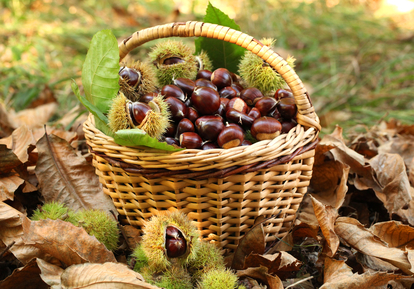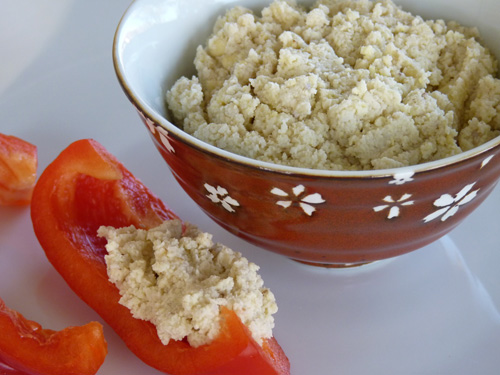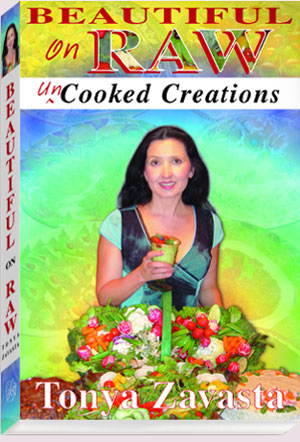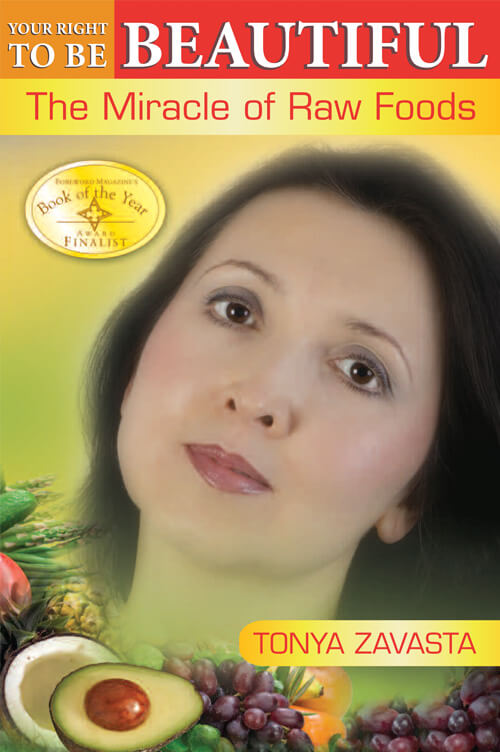Benefits of Raw Chestnuts

Popular in Europe, these drop-shaped nuts were once best known in the USA as feed for wild animals and livestock. Native Americans did harvest chestnuts for food several centuries ago, but these days, the chestnuts you find in food stores will likely come from Asia or Europe.
Whatever the origin, they’re yummy and nutritious. A hundred grams (half a cup) will give you 40mg of vitamin C—two thirds of the USRDA. But here’s a classic lesson in the value of raw foods: when we toss those chestnuts on open fire, or heat them in an oven, and there goes 40% percent of your vitamin C.
Some quibble about digestive issues with raw chestnuts, but I've not any problems eating them raw. Roasting fans say raw nuts are harder to peel, but try them raw and judge for yourself.
Chestnuts hand you protein aplenty, too, along with trace minerals and several B vitamins. They’re much lower in fat and calories than most other nuts and dried fruits, but quite high in water content.
Here’s a breakdown of the nutrient content of that half cup of chestnuts:
- calories: 170
- calories from fat: 9
- total fat: 1.01g
- saturated fat: 0.2g (18.8%)
- polyunsaturated fat: 0.5g (52.3%)
- monounsaturated fat: 0.3g (28.9%)
- carbohydrates: 37.2g
- dietary fiber: 6.3g
- sugars: 4.6g
- protein: 3g
- water / moisture: 57.84%
My vote on the best way to eat chestnuts: peeled and raw. Do remove the outer shell, or your chestnuts might taste astringent. You can use these nuts to make raw breads and crackers, or for a chestnut-based soup. They go great with apples and pears. Finally, here’s a great raw recipe incorporating these great nuts …
Chestnut Cottage Cheese

- 2 cups chopped chestnuts, peeled, brown skin removed
and chopped - 1 cup purified water
- 4 good quality probiotic
capsules
Combine chestnuts and water and blend until the mixture is almost smooth. Add the probiotic powder from the open capsules and stir in gently. Transfer mixture into a nut milk bag, and squeeze out as much liquid as you can. Then place the bag in a colander over another container to catch liquid, and place a weight on top of the bag to keep draining water as the “cheese” ferments. Cover it lightly with a towel, and leave on the kitchen counter for 24 to 48 hours. Check the mixture from time to time, letting it ferment to your taste, then refrigerate. Use it on raw pizza or in any recipe calling for cheese. Makes 1.5 to 2 cups of Chestnut Cottage Cheese.
What about when it’s not Christmastime? Your basic supermarket may not have chestnuts in April or August. But they might order some for you. Whole Foods and similar stores are a better bet. If you are lucky enough to live where there are chestnut trees, you can simply pick up your nuts off the ground. Careful, though! Pick them fresh. And be sure you’re not picking the nuts of the hawthorne or buckeye tree, or others that people may erroneously call chestnut. Get the real thing, and you will enjoy it.


